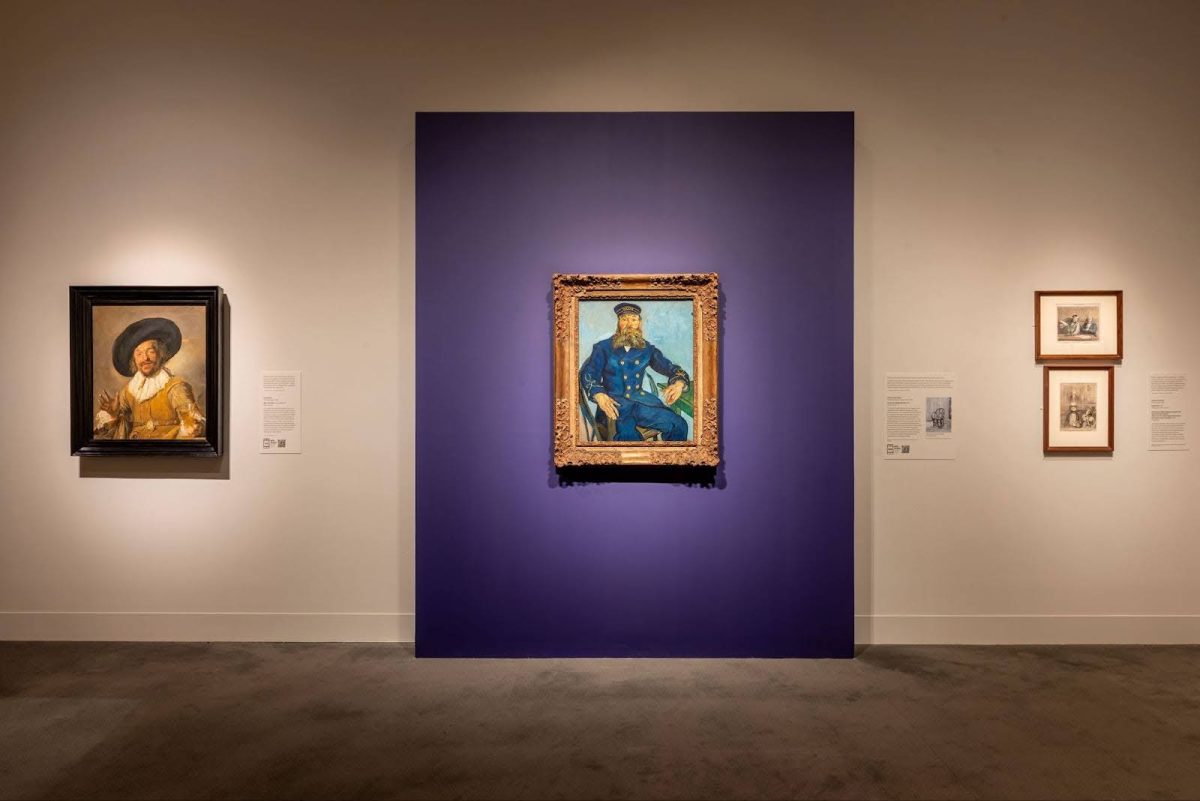The Museum of Fine Arts hosted a multitude of different events Oct. 14 in celebration of Indigenous Peoples’ Day.
Between the opening of a new exhibit, the events for Indigenous Peoples’ Day and entrance being free for Massachusetts residents, the line to enter the museum was around the building for most of the day.
The MFA had a wide variety of demonstrations and speakers located throughout the museum and some events had more than one session, allowing guests the opportunity to attend more events.
Events included a live art demonstration, discussions on different Indigenous art exhibits and performances of Indigenous music, song and dance.
The live art event was a pottery making demonstration by Haley Peters, a Mashpee Wampanoag sculptor. During the demonstration Peters explained to the audience the techniques they were using to make the pot and how the tools involved in sculpting have changed through time.
Peters also shared some history of their tribe and how important pottery was to them for everyday uses like cooking, but also how harvesting the clay and going through the long process of making pottery is significant connecting them to their location and the elements.
There were three different “Community Perspective” events where various Indigenous people from different communities gave their thoughts on a specific exhibit at the museum that they may have had help in curating or just had a wealth of knowledge in its pieces.
One was given by two Indigenous curators of the museum and was on the “Art of Attire,” a more recent installation to the museum that was focused on exchanges in culture and Indigenous clothing.
Another Community Perspective event was focused on Nipmuc baskets and the MFA’s collection. This event was led by Nipmuc Kim Toney, a curator from the John Carter Brown Library.
The third event was hosted by two women from the Massachusett at Ponkapoag tribe. They both had a hand in curating the “Ancestors and Place: Indigenous North American Prints” exhibit that came to the MFA April 27 and showcases more than 30 works from Indigenous artists from the U.S. and Canada.
The large range of exhibits and speakers were able to give guests the ability to learn about many different aspects of Indigenous culture and ancestry as well as ask any questions that they might have.
The event that seemed to grab most people’s attention was a talk and demonstration of Indigenous music performed by a member of the Mashpee Wampanoag, Pequot and Narragansett tribes, Annawon Weeden.
Weeden is a member of the First Light Foundation whose goal is to educate others on Indigenous history as well as the environment and promote indigenous artists.
During his presentation, he sang a few different Indigenous songs, used a couple of different instruments and had onlookers join him in a dance. He then opened up the floor to a Q&A so guests could have the opportunity to learn more about Indigenous people as a whole.
A majority of the events were led by Indigenous people who belong to various tribes and areas mainly in New England. Many of them were not only eager to talk about what their event focused on but they were also happy to include information about their people’s history.
Indigenous Peoples’ Day is not the only time during the year in which Indigenous people should be talked about or celebrated. The celebration continues in November which is Native American/Indigenous Heritage Month, but Indigenous people still exist outside of these times.
There are many exhibits and art pieces on display at the MFA year-round that showcase the wide range of art made by Indigenous people and there are many ways to get involved and support Native American and other Indigenous communities during all times of the year.





















